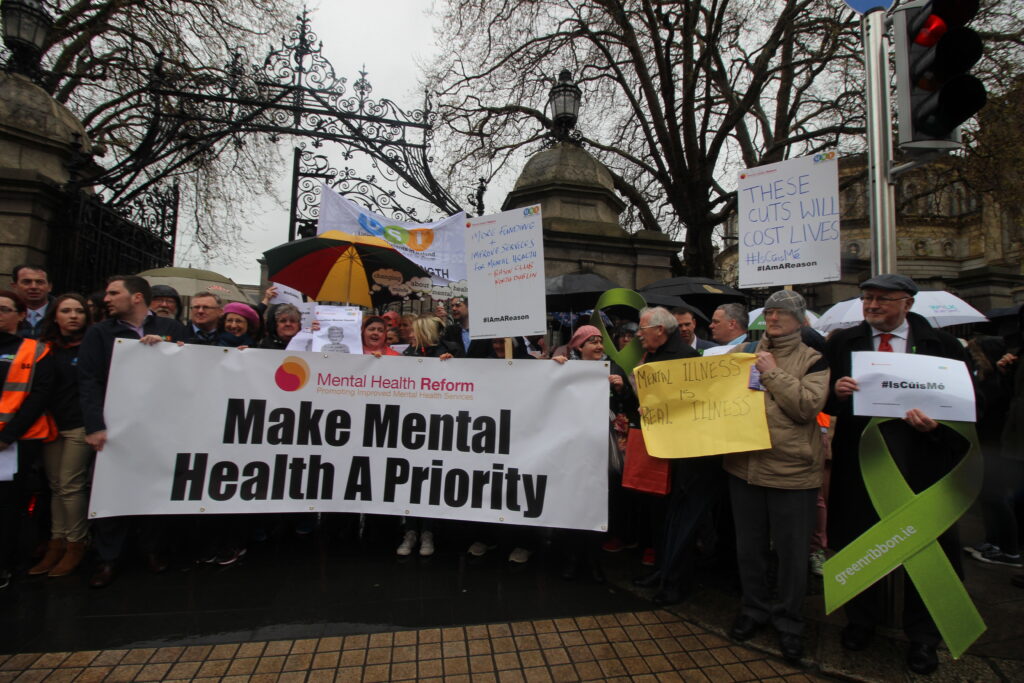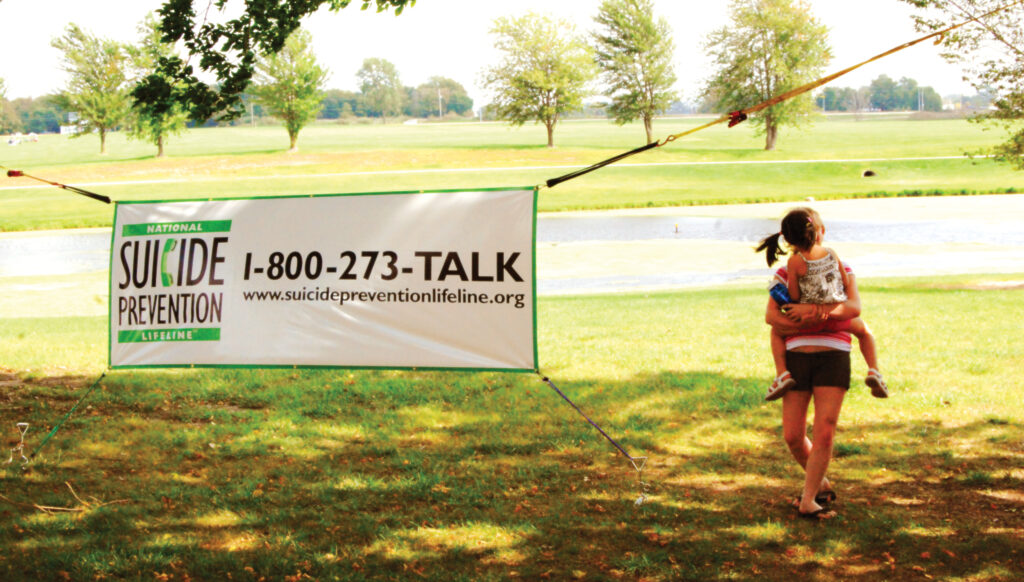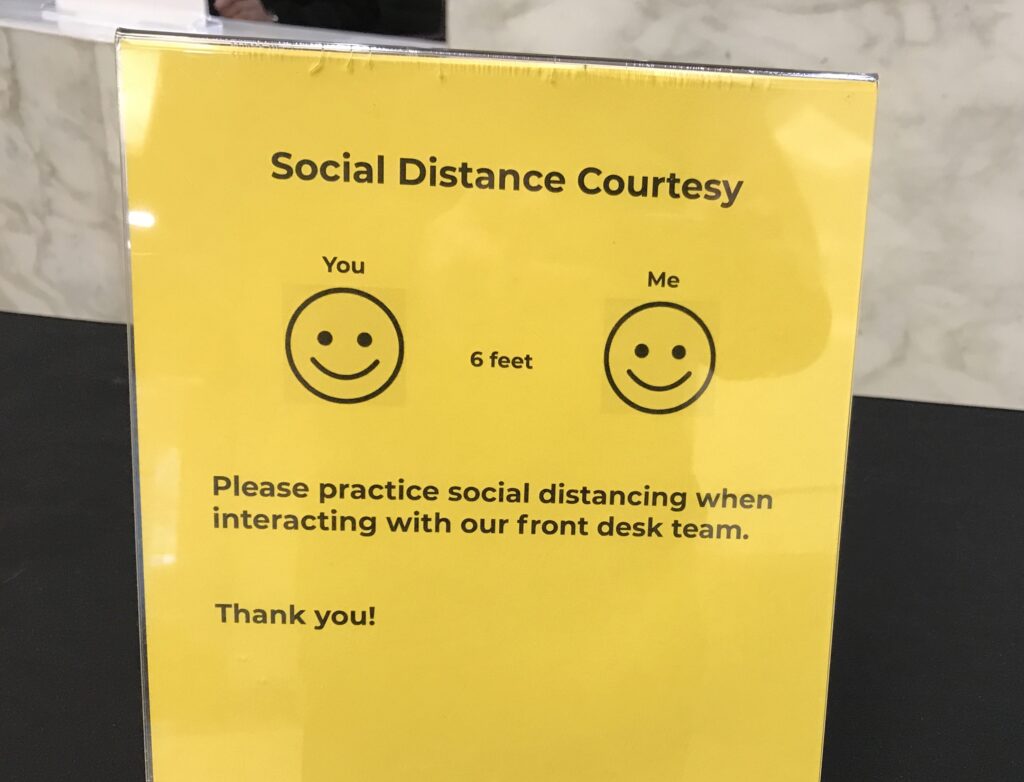Based on the findings of many researchers regarding the topics of suicide and the COVID-19 pandemic, it is evident that there is research on the potential for COVID-19 to impact suicide. However, some gaps can be filled. I hope to contribute to the research on the impact of the COVID-19 pandemic on the discussion of suicide. The previous research provides information on where more knowledge on this topic is needed, and each source covers different topics that are relevant to my project. The previous research can be divided into four main topics: defining suicide; Durkheim’s Theory of suicide; the COVID-19 pandemic and suicide; and blogging and mental health.

Defining Suicide
Suicide is a significant mental health and social problem (Hassana 1998). Suicide is a self-injurious act with some evidence of intent to die, ending in a fatality. In comparison, a suicide attempt is a potentially self-injurious act with the knowledge of the possibility that their action could result in death (Turecki and Brent 2016). There are both active and passive suicide ideation, active suicide includes thoughts about taking action to end one’s life, whereas passive suicide ideation includes thoughts of death without any intent to act (Turecki and Brent 2016). Previous research gives us insight into risk factors for suicide: genetic and epigenetic factors, family history, early-life adversity, psychiatric disorders, severe mental illness, depression, personality disorders, substance misuse, physical health problems, lack of social support, economic factors, life events, effects of the media, and access to lethal means (Fazel and Runeson 2020). Understanding the definition of suicide is essential for my research, as I will be analyzing the discussion of suicide.

1800 copy, nic dayton, Flickr, CC BY-SA 2.0
Durkheim’s Theory of Suicide
Durkheim considered suicide to be an act carried out by the victim who is aware of the fatal outcome. He considered a suicide attempt to stop before the fatal outcome occurred. (Durkheim 2005). Durkheim studied how individuals and groups are impacted during times of dramatic social change (Wray et al. 2011). Durkheim’s theory of suicide relies on the idea that the structure of suicide rates is correlated with the structure of people’s social relationships and that social relationships vary according to their level of integration and regulation (Hassana 1998; Mueller et al. 2021). When levels of integration and regulation are extremely low or extremely high, vulnerability to suicide increases (Brantez and Houle 2023; Wray et al. 2011). Durkheim identified four types of suicide. Egoistic suicides are caused by too little integration and altruistic suicides are caused by too much integration. Anomic suicides are caused by too little regulation and fatalistic suicides are caused by too much regulation (Hassana 1998; Mueller et al 2021). I hope to apply Durkheim’s Theory of Suicide to the COVID-19 pandemic, as it may have been a time of dramatic social change and had an impact on the structure of people’s social relationships.
The COVID-19 Pandemic and Suicide
COVID-19 broke out on December 31, 2019, among humans in Wuhan, China. COVID-19 is a respiratory disease and common symptoms include fever, cough, and fatigue. Complications of COVID-19 include acute respiratory distress syndrome, acute cardiac injury, and secondary bacterial infection (Torales et al. 2020). Governments around the world enforced stay-at-home directives and social distancing measures to minimize the spread of the virus (Kahn et al. 2021; Koh 2022). The spread of COVID-19 has put many lives in danger. Going beyond physical health, the COVID-19 pandemic has affected all aspects of health, including mental health (Niederkrotenthaler et al. 2020). This is relevant to my research, as I will be investigating how this time of disruption has impacted the discussion of suicide. This is relevant to Durkheim’s Theory of suicide, as he proposed that suicide rates are correlated with the structure of people’s social relationships which vary with their level of integration and regulation (Hassana 1998; Mueller et al. 2021). The stay-at-at-home directives and social distancing measures likely impacted people’s social relationships.

COVID-19, Daniel Lobo, Flickr, CC0 1.0
Previous research shows that the mental health effects of the COVID-19 pandemic are cause for concern and predict that suicide rates will rise (Gunnell et al. 2020). Research tells us that since the COVID-19 pandemic began, suicide crisis hotline calls have increased by 300% in the United States (Kahn et al 2021). This may indicate a growing need to talk about suicide, something that I hope to identify in my research. In relation, another study found specifically that there was an increase in mention of plans for suicide in help seekers who live alone as well as male help seekers (Salmi et al. 2022).
Past research has shown that pandemics lead to several factors for suicidality specifically, such as isolation, loneliness, economic fallout, domestic abuse, stigma, and fear (Banerjee et al. 2021). Risk factors observed since the onset of the COVID-19 pandemic in the United States include social isolation, mental health problems, alcohol and other substance misuse, unemployment and financial loss, relationship problems and loss, and access to lethal means (Brown and Schuman 2021). Focusing in on unemployment, Kawohl et al. (2020) indicate that in previous research suicide risk was elevated by 20-30% when associated with unemployment during 2000-11, thus they recommend that, in the time of the COVID-19 pandemic, our society raise awareness of the relationship between rising unemployment and the increased number of suicides. I hope to identify if this suggestion to talk openly about unemployment and suicide impacts the discussion of suicide during and after the COVID-19 pandemic.
Concerning the COVID-19 pandemic and suicide, Lim et al. (2022) found, through content analysis of tweets, that the general public was concerned about the government’s response to the pandemic and its collateral effects on mental health, suicide, the economy, and at-risk populations. This is very relevant to my study on the discussion of suicide and how the themes in the discussion of suicide shift through the different time frames before, during, and after the COVID-19 pandemic.
Blogging and Mental Health
The internet and social media are accessible ways for individuals to bring their personal experiences into the public domain. A previous study utilized content analysis of blogs on the It’s Ok To Talk website. The researchers found that personal narratives offer insight into young people’s self-identified priorities and challenges related to mental health problems and recovery. This insight can be informative for future public awareness initiatives (Gonsalves et al. 2019). Another study utilized content analysis of healthy living blogs and found that the blogs impacted their viewers (Boepple 2014). The previous analysis of blogs to gain results points to the potential for using blogs in my research.
Concerning suicide, research shows that online forums provide insight into the discussion of suicide, including sociocultural norms about suicide and the management of online interaction (Wiggins et al. 2016). The use of online forums to analyze the discussion of suicide in 2016, indicates the potential for the use of an online platform to analyze the discussion of suicide in light of a major event, the COVID-19 pandemic.
Through analyzing these various studies and research that discusses suicide, the COVID-19 pandemic, and blogs, I have a better understanding of the research that has been completed relating to my research question. This allows me to fill in the research gaps in how the COVID-19 pandemic impacted the discussion of suicide on the blogging platform The Mighty. My research is unique because I will be studying the discussion of suicide, rather than the number of suicides.